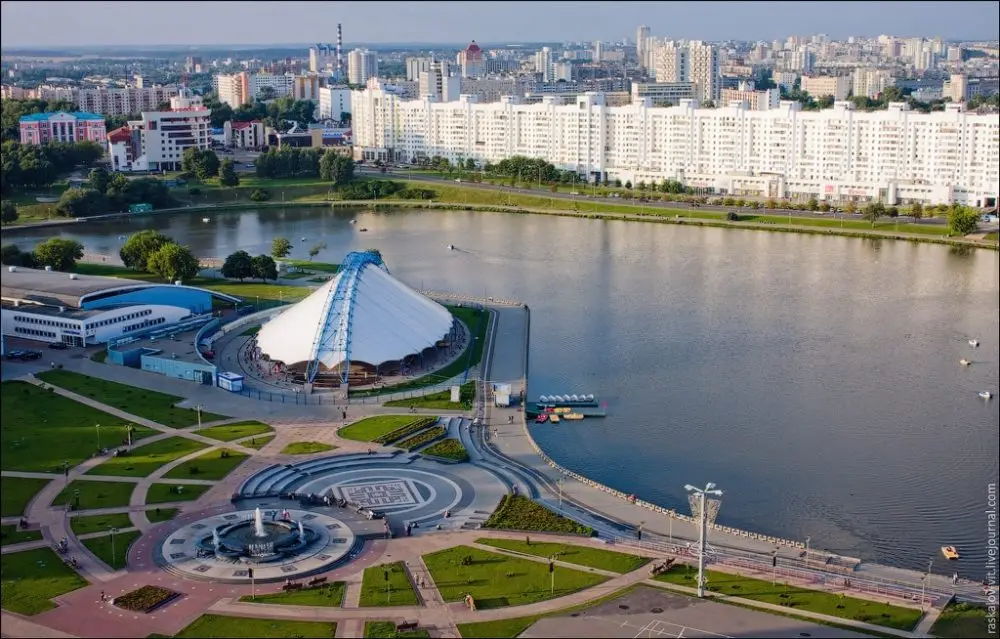A vacation always brings unexpected scenarios. To avoid difficulties, it is important to decide in advance which medications to take on your trip. A properly assembled first aid kit not only helps in emergency situations but also effectively supports health while traveling.
First aid kit essentials: what medications to take on vacation for any trip
A well-organized first aid kit determines the comfort of the journey and allows for a quick response to unforeseen situations. What medications to take on vacation is a fundamental question for any traveler.
Pain and inflammation: quick solutions
Headaches, inflammation, and other pains often occur at the most inconvenient times. Pain relievers such as ibuprofen and paracetamol quickly relieve pain, reduce fever, and inflammation. Dehydration exacerbates symptoms in hot climates, so it is important to monitor fluid balance.
Stomach and intestines: support on the road
Medications for gastrointestinal disorders protect the stomach and intestines from the consequences of unfamiliar cuisine. Activated charcoal, smecta, loperamide effectively stabilize the digestive system. Preventing intestinal infections requires hygiene compliance and choosing safe water.
Allergy and skin: first defense
Allergy remedies quickly alleviate symptoms, protecting the skin from rashes and itching. Sunscreen with SPF 50 and above reduces the risk of sunburn, especially during prolonged beach stays. Medications for sunburn relief include panthenol and special cooling gels that accelerate skin recovery.
What medications to take on vacation: first aid kit for a child and an adult
A vacation first aid kit requires adaptation to specific conditions and the composition of the travelers.
A first aid kit for a child at the seaside is a list tailored to age-specific needs. The first aid kit for a baby should include fever reducers in syrups, gentle-acting medications for gastrointestinal disorders, motion sickness remedies, antihistamines in child dosages, as well as plasters and wound care products.
What to include in a first aid kit on vacation with a child depends on age and susceptibility to illnesses.
First aid kit for international travel: nuances
What medications not to take on a trip is an important aspect of preparation. Some medications have import restrictions and can cause problems at customs. Violating medication transportation rules often leads to confiscation and fines. Before traveling, it is important to study the pharmacological requirements of the destination country to avoid delays and misunderstandings at the airport.
Dangerous medications on a trip:
- Strong painkillers: prohibited for import in several countries.
- Antibiotics without a prescription: risk of confiscation at customs.
- Liquids exceeding 100 ml: restriction for carry-on luggage.
Only authorized medications with supporting documents are allowed in checked baggage and carry-on luggage. Checking import rules on official consulate websites helps avoid fines and delays.
What medications to take on vacation in carry-on luggage
Only medications in packaging up to 100 ml and tablets in factory packaging are allowed in carry-on luggage. Essential items, motion sickness remedies, pain relievers, antipyretics, and antihistamines are mandatory for quick access. It is important to check the expiration date.
Customs inspect the contents of the first aid kit, especially when prescription medications are present. Documents confirming the purpose expedite the screening process.
Impact of climate and route on the first aid kit: important considerations
The influence of climate and route on the first aid kit requires an individual approach to its contents. Different regions have specific requirements for selecting medications and protective measures. Conditions at seaside resorts, tropical countries, and mountains pose unique health risks. Considering route specifics allows for preparing an effective medical kit for the trip in advance.
Seaside resorts
High humidity and solar activity increase the need for sunscreen and skin care products. Sunscreen with SPF 50, sunburn relief products, antihistamines are essential items on vacation.
Tropical trips
Tropical countries have an increased risk of viral infections and dehydration. Malaria prevention, regular water intake, hygiene control help maintain health. Medications for gastrointestinal disorders protect the stomach and intestines from local bacteria.
Mountain routes
High altitudes can cause headaches, motion sickness, and discomfort. Motion sickness remedies, pain relievers, and rehydration products support the body.
What medications to take on vacation: prevention and emergency assistance
Disease prevention during travel reduces the risk of seeking emergency assistance. Proper nutrition, bottled water consumption, and personal hygiene protect the stomach and intestines. Packing individual disposable antiseptics and antibacterial wipes helps control contact with bacteria and viruses.
Timely application of sunscreen protects the skin from burns and reduces inflammation risk. It is important to apply sunscreen every two hours and after each swim. Medications for sunburn relief on vacation effectively reduce redness and accelerate wound healing.
Emergency assistance during the trip
In case of sudden symptoms such as severe pain, high fever, inflammation, or signs of a cold, the first aid kit should provide immediate access to effective medications. Fever reducers, pain relievers, and motion sickness medications support well-being on the road.
Local pharmacological laws require careful study. Some medications from the standard list are prohibited in several countries. Checking restrictions before departure helps avoid conflicts with customs and speeds up the screening process at the airport.
How to assemble a travel first aid kit: detailed list
Proper selection is a key stage of preparation. What medications to take on vacation depends on the destination, climate, and duration of the trip.
Universal first aid kit list for vacation:
- Pain relievers: ibuprofen, paracetamol.
- For gastrointestinal disorders: activated charcoal, smecta, loperamide.
- Sunscreen: SPF 50 and above.
- Medications for sunburn relief on vacation: panthenol, cooling gel.
- Motion sickness remedies: dramamine, mint candies.
- Antihistamines: cetirizine, loratadine.
- Fever reducers and anti-inflammatories: nurofen, children’s ibuprofen.
- Plasters, antiseptics, bandages: hydrogen peroxide, chlorhexidine.
- Rehydration products: rehydron.
- For colds: throat lozenges, nasal drops.
- Wound care products: iodine, brilliant green.
What medications to take on vacation depends on health, destination, and trip duration. Necessary medications on the go provide timely assistance and contribute to quick recovery.
What medications to take on vacation: conclusion
What medications to take on vacation is a question of strategic preparation. A pre-assembled first aid kit reduces risks, speeds up symptom response, and helps maintain well-being at a high level. Competent medication selection determines comfort and safety during the trip.
 en
en  ar
ar  de
de  es
es  fr
fr  nl
nl  ru
ru  hi
hi  it
it  pt
pt  el
el 



